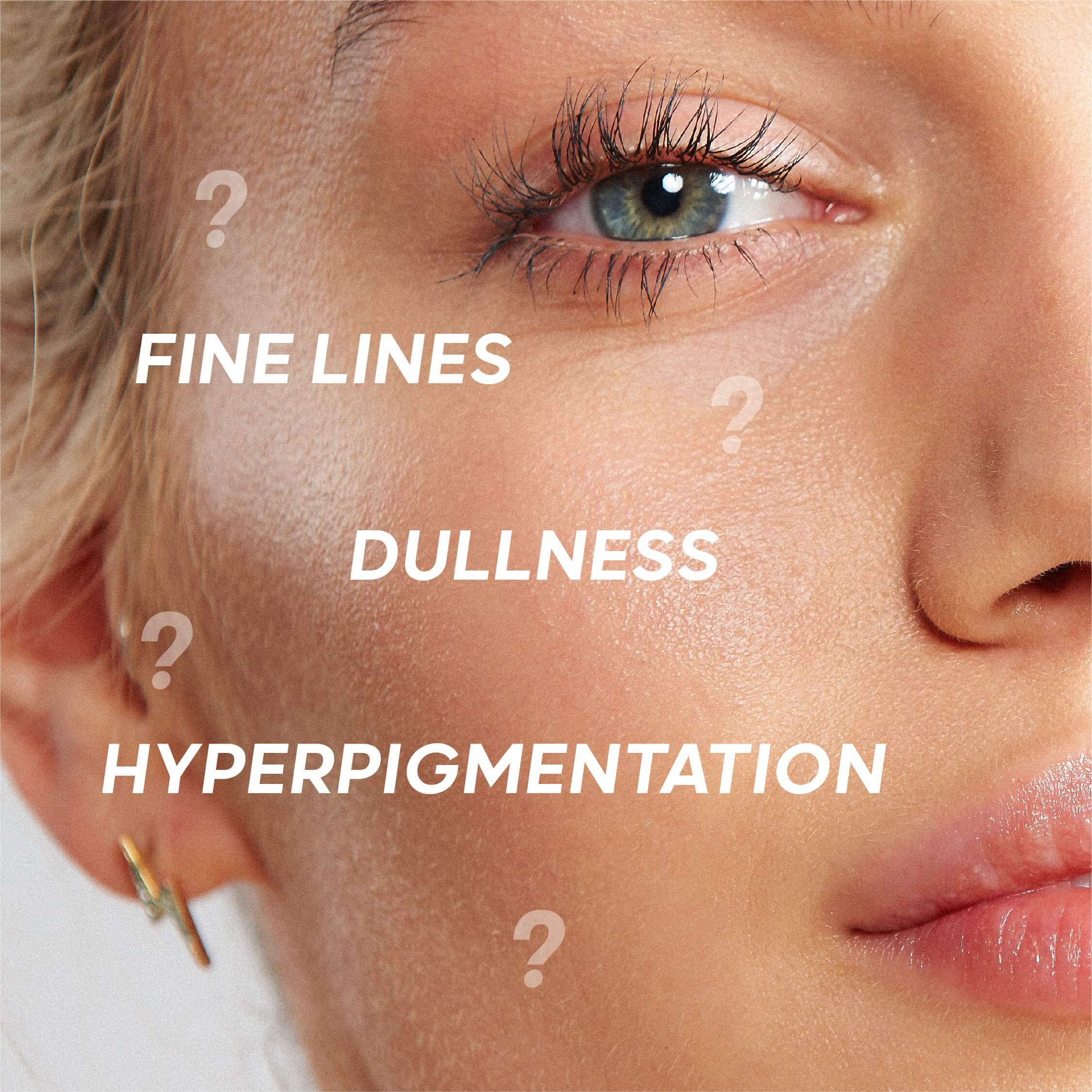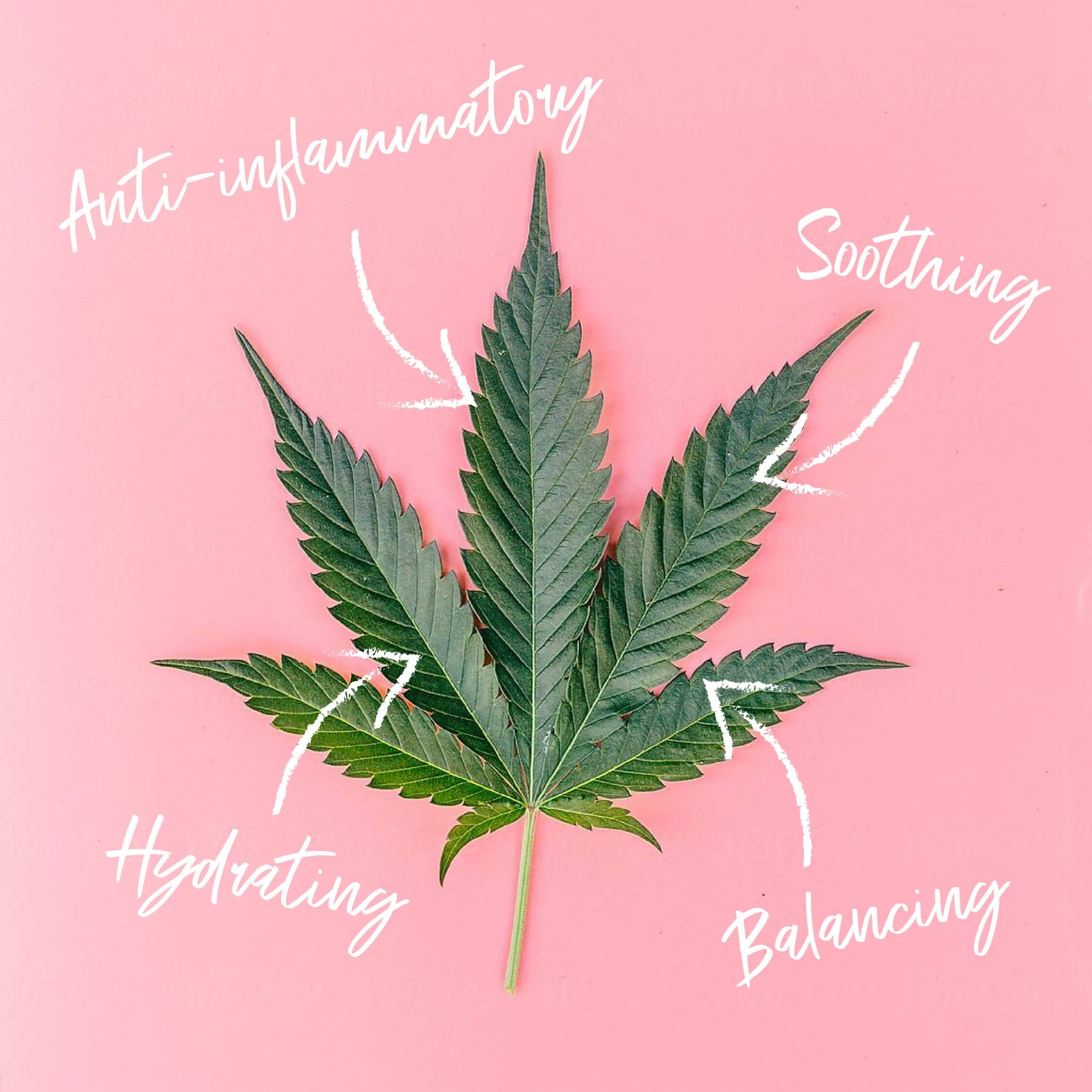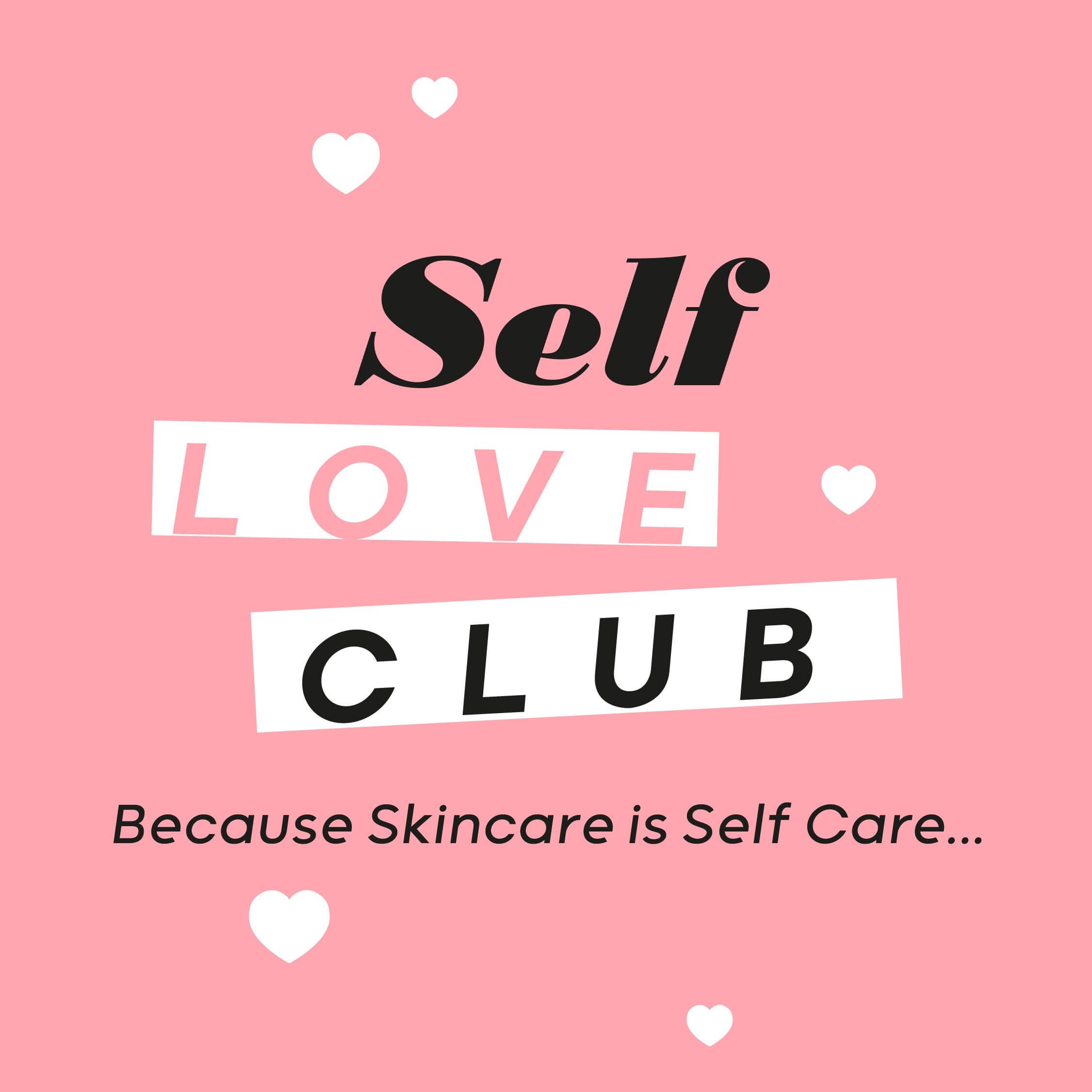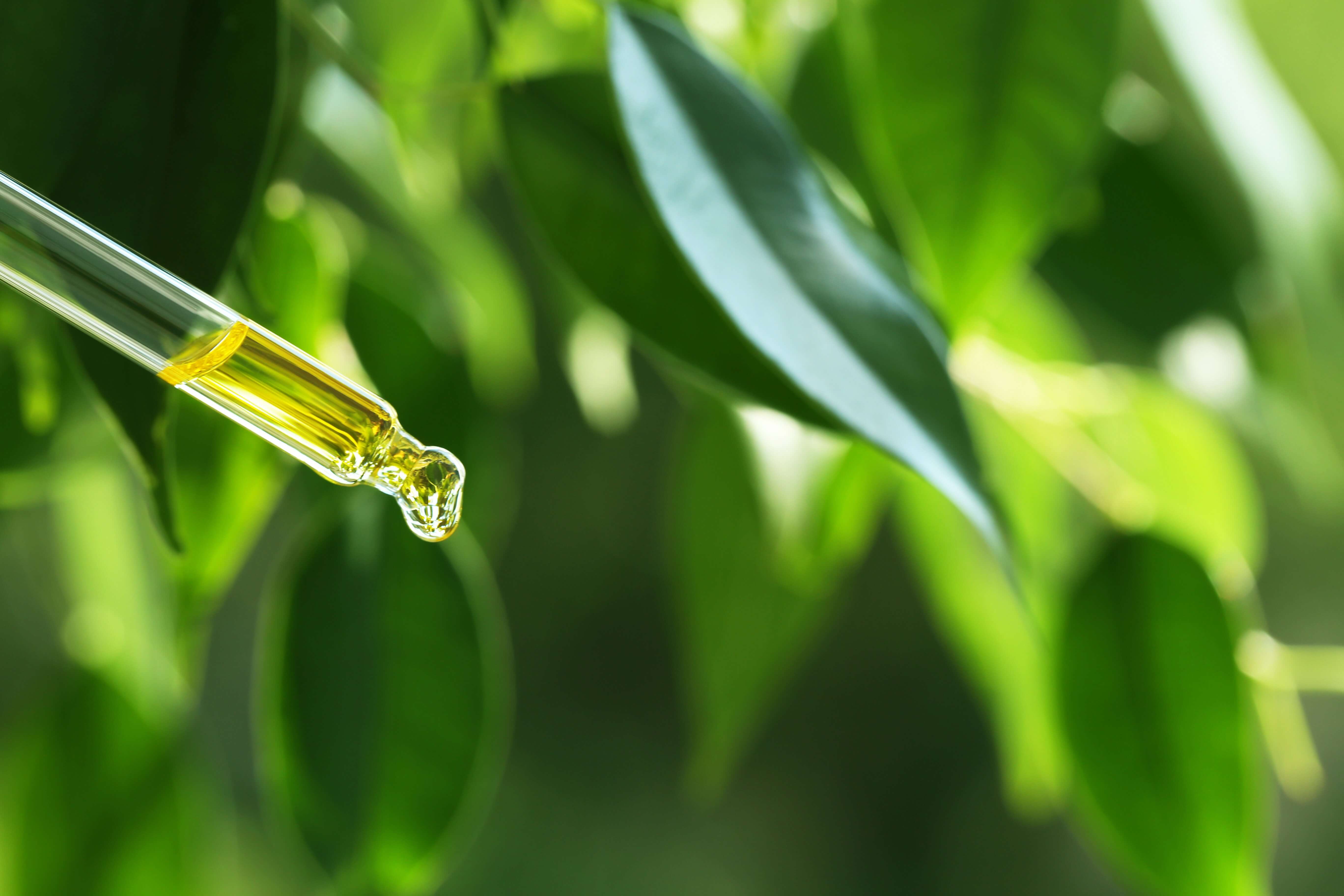Dry, oily, combination, breakout prone, sensitive, ageing, tired… there’s SO many ways to describe our skin and the way it behaves. Which means that when it comes to reaching your skin goals, it can get a little confusing working out what sort of products you should invest in.
First things first – start with your skin type. The difference between a skin type and a skin condition, is that a skin type is the one you are born with. Genetics play a large part in determining how your skin will behave.
So whether you want to address breakouts or you find your makeup sliding off your face even though your skin is bone dry, determining your skin type is the first step in helping you build the perfect skincare routine. Read on for our guide to working out your skin type and what it means for your skin health and happiness!
More greasy than glowy?
Not just a struggle faced by hormonal teenagers, skin’s pesky overproduction of sebum can cause quite a headache when it comes to battling breakouts – a common problem faced by oily skin types. if you have large or visible pores, or your skin gets shinier throughout the day, this is a strong indication that you’re of the oily skin variety.
One thing to note - pore size is an indication of oil production, so if you’re getting shiny and greasy but your pores are visibly small, then your products may be the problem. Also, if your pores are more prominent primarily in the T-zone (the forehead, nose, and chin) and visible oil appears only in those areas throughout the day, then you might be a combination skin type.
If your skin produces just a teesy bit of T-zone oil (mostly in the summer – it’s understandable, it’s hot) but doesn’t usually get flaky and generally behaves itself quite well, you are more likely a normal skin type.
Feeling a little sensitive?
If your skin almost always feels tight or flaky (especially during the winter or after a hot shower), this is sure sign of a dry skin type. At the opposite end of the scale from oily skin, dry skin types struggle to produce an optimum level of sebum, meaning you need hydration and lots of it.
Skin that goes pink and flushed if it comes within a sniff of any new products, hot water or environmental stressors? Sensitivity-central. Sensitive skin types will benefit from gentle ingredients and products that have been formulated specifically for or tested on sensitive skin. Some sensitive skin sufferers have also reported less reactivity when they avoid artificially-fragranced products, however this is not scientifically proven. Best practice with any new product is to do a patch test.
Let’s talk acne
We would categorise acne-prone skin as a skin type that warrants a chat, because acne explosions aren’t just reserved for those with oily-skin types.
Acne can strike at any age, anywhere on the face or body, can be a long-term problem or just occasional (period breakouts anyone?) and although there’s lots of horrible sounding names for different types of acne - cysts, pustules, papules etc., let’s face it, all acne is pretty grim for the person struggling with it. If you’re struggling with acne and it’s getting you down, our advice would be to see your GP or a professional dermatologist who can help you get to the bottom of what’s really niggling your skin.
How you should approach your skincare
Our skin is quite a complex thing. It has needs and lots of them. To make sure you’re getting the best out of your skincare routine, don’t make the mistake of determining your skin type by only focusing on one or two of your skin’s needs. Look at the bigger picture; how does your skin behave in different circumstances or seasons? What’s your lifestyle like and does this play a part? The more observant you are about how your skin responds to what you put on it and how you treat it, the better it will respond!
If you’ve given your skin a proper assessment but are still having some problems with the products you’re using, here is our advice on how to sort it out.
Stinging and burning… let’s be honest, no burning sensation is a good thing! Lay off this one. Some products like retinols or exfoliating acids will often produce a feeling of mild discomfort or tingling at your skin adjusts to using them, however no product should aggravate your skin to the point where you can’t use it. If it’s causing stinging or burning, it’s either not right for you or you need to reduce the amount or frequency at which you’re using it.
Greasy residue...? Don’t assume you’ve got oily skin! Are you loading up on moisturiser when you don’t need to? Your skin can only absorb so much product. The rest simply sits on top of the skin, which can lead to clogged pores. Dial it down a notch.
If a product leaves your skin feeling tight and dry…you might think you have dry or dehydrated skin but check your ingredients list, or INCI. Sulphate-based foaming cleansers and alcohol-based toners work to remove oil and dirt from the skin, but often a by-product of this is that they also take away the skin’s own natural moisture. Choose something a little gentler, such as a cleansing oil or balm.
This product is exfoliating my skin, but it still feels flaky… Are you over exfoliating? Too much exfoliation can damage the skin’s moisture barrier, ultimately leaving skin dry and flaky. Use acid serums, at-home peels, and facial scrubs in moderation. Once or twice a week should do it if your skin is normal to dry, two to three times a week if oily. Thank us later.
I can’t see for oil! What’s going on?! Products formulated for oily skin often include ingredients designed to dry the skin out by removing or inhibiting the excess oil. The downside of this is that the skin can become dehydrated. It then goes into overdrive, producing MORE oil in an effort to balance itself out. Skin hydration is the key – don’t skip your moisturiser.
Skin feels irritated and out of balance…maybe this one just isn’t for you. Maybe your skin has just taken a disliking to green tea or Kakadu plum. Nature can be a weird and wonderful thing, we know, but whatever the reason, using a product that that your skin just doesn't agree with is a no-no, Try something different.
Whatever your skin type, remember that it doesn’t mean that ALL products for that skin type will suit you. Work with your skin and pay attention to what it needs and you’ll soon be on your way to the most glowy, happy and healthy skin of your life.
![Scientia Beauty [see-en-cha]](http://scientiabeauty.com/cdn/shop/files/Scientia-awareness-web_230x.jpg?v=1656663400)





